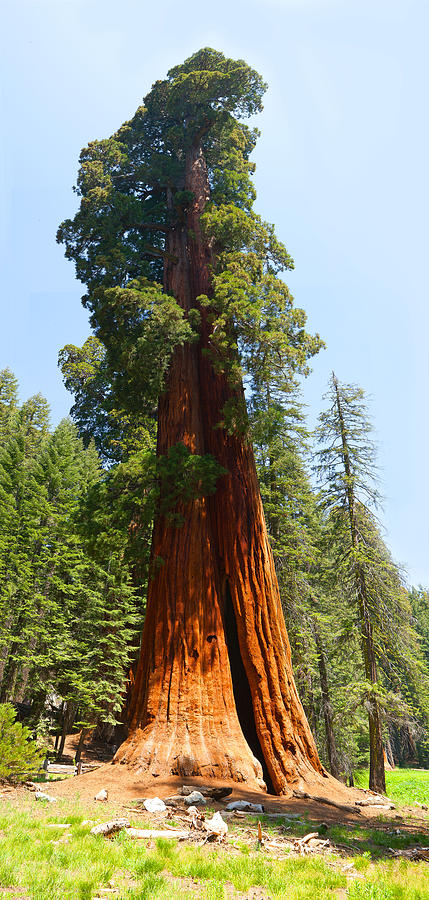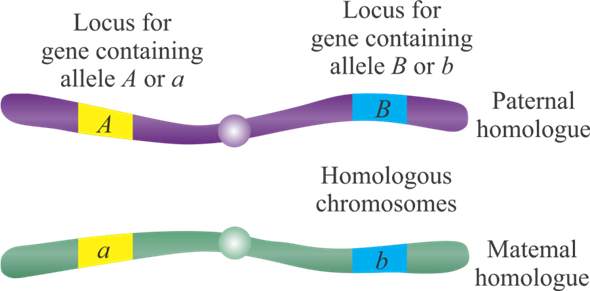Your DNA is 2.38 x 108 Years-Old
Your DNA is a survival story that dates back 3.8 billion years. All life shares a common ancestor; therefore, everything that is alive contains DNA fragments that tell part of life’s story. Each organism may be different, but we all share the same four base molecules that make our DNA, which govern our two primary functions of survival and reproduction.
Asexual Reproduction
Asexual reproduction is also known as cloning. Before asexual reproduction, a cell makes a copy of its DNA so that each new clone will be genetically identical. During asexual reproduction, the DNA copies separate, and the cell divides in two. The two new cells, called daughter cells, are identical clones to their parent cell (the cell that is divided).

Asexual reproduction is how bacteria reproduce. However, some plants and animals can reproduce asexually. For example, strawberry plants produce runners, which can form new plants. All the runners contain cells that are genetically identical to the parent plant. Therefore, if you plant a single strawberry plant, you will have many genetically identical plants by the end of the growing season.
Coral are animals that can reproduce asexually via budding (fragmentation). A group of cells on the coral form a bud and then fall off the coral, and then grow into a new, genetically identical animal.
The largest solitary organism on Earth is the sequoia redwood tree. However, a grove of aspen trees can comprise only one organism. An aspen tree’s roots can spawn a new shoot that will become a new tree; however, that new tree is a genetic clone.

Mitosis is a type of asexual reproduction that animals and plants do for growth and repair. We all started as a single cell in our mother’s fallopian tube, called a zygote. That zygote underwent billions of mitotic divisions to produce the 38 trillion genetically identical cells that make up your body. Every cell of your body, except sperm and eggs, are genetic clones. A neuron, muscle cell, bone cell, and skin cell all look and act differently, but genetically, they are identical.

The advantage of sexual reproduction is that an organism can form a colony of clones in a relatively short period. However, the major disadvantage is that the clones lack genetic diversity, which decreases their chances of survival in a changing environment.
Sexual Reproduction
Strawberry plants, aspen trees, and coral can also reproduce sexually. Sexual selection is a slower process than asexual reproduction, but it leads to genetic diversity among species. Not every sexually produced organism will have higher fitness; however, the increased diversity within the population increases the likelihood of high-fitness offspring.

Homologous Chromosomes
Almost all nucleated cells in your body are genetic clones. Your body cells are diploid (2n) because they contain a pair of each chromosome. A human diploid cell has 46 chromosomes in 23 pairs.


A pair of chromosomes comprise one chromosome that came from mom and one chromosome that came from dad. Both chromosomes contain the same genes but have different allele combinations. Therefore, chromosome pairs are homologous to each other.

Paternal = Dad; maternal = mom

Fertilization
Gametes are sperm and eggs. Gametes are the only haploid (n) cells because they contain a single set of chromosomes, not homologous pairs.

When a sperm fertilizes an egg, the two sets of chromosomes unite and form 23 homologous pairs. The united diploid cell is a zygote with the same number of chromosomes as its parents. Let’s use some math to explain:
sperm (n) + egg (n) = zygote (2n)
n + n = 2n
23 chromosomes + 23 chromosome = 46 chromosomes
Gametes must be haploid to ensure that all human offspring have the same number of chromosomes and that they are in 23 homologous pairs.

Karyotype
A karyotype is the arrangement of chromosomes after they have been copied but before they separate during division.

Meiosis
The testes in males and the ovaries in females (collectively known as the gonads) are where meiosis occurs. Meiosis is a cell division that separates the homologous pairs and cuts the chromosome number in half.
Here is how a diploid cell (2n) becomes four haploid cells (n) during meiosis:
- Interphase is not a part of meiosis; however, it must precede meiosis so the DNA can make a copy of itself. Chromosomes look lowercase l-shaped but become X-shaped after each chromosome is copied. The DNA copies will separate during meiosis, resulting in 4 genetically unique gametes.
- Meiosis I: The homologous pairs separate, and two new haploid cells form
- Meiosis II: The chromosome copies separate, resulting in four genetically different haploid cells (sperm and eggs).

Genetic Diversity
Meiosis increases genetic diversity by:
- Crossing over is a process in which homologous chromosomes swap portions of their chromosomes. The chromosomes swap the same genes; however, the allele combinations differ. The result is two chromosomes with a new allele combination.



- During meiosis I, the homologous chromosomes randomly line up at the center of the cell, analogous to shuffling a deck of cards. Each cell that undergoes meiosis randomly places the homologous chromosomes along the center of the cell; just like each poker game, the deck is randomly shuffled.
- After the random lineup of homologous chromosomes, the chromosomes are independently assorted into two cells, analogous to dealing the cards into two piles.


Chapter Summary
AP Biology Prep
This section is for those of you who want to learn meiosis in greater detail. You are NOT responsible for learning the content in this section.
Click here for a more in-depth explanation of meiosis.
Click here for some sample AP Biology test questions.

/https://public-media.si-cdn.com/filer/5c/98/5c98dea6-67d0-4b86-b52e-404c395e4d0f/aspen-trees.jpg)